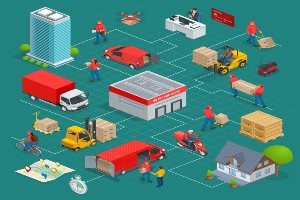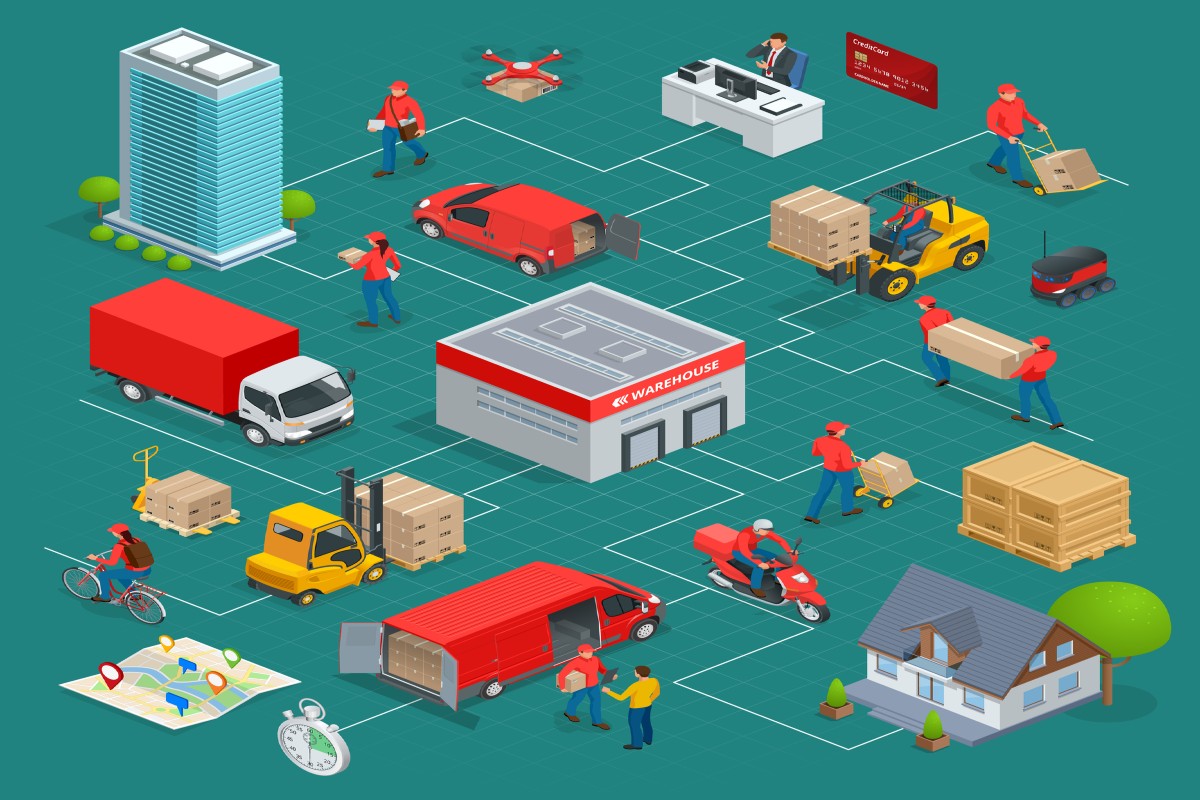The Coronavirus crisis has changed many aspects of our daily lives. Consumer packaged goods companies (CPGs) are fighting back – using AI to make better decisions and maximize outcomes during the pandemic.
The COVID outbreak has changed the CPG business. That’s not news; everything from fluctuating demands and consumption rates to supply chain disruptions have been well documented. The crisis has forced CPG companies to rethink many aspects of their operations: strategy, pricing, logistics, manufacturing, customer engagement, and more.
To manage, many companies are turning to Artificial Intelligence (AI). In this article, we’ll look at how AI and its related technologies can be applied across the spectrum of CPG activities.
Using AI to Manage Demand and Supply Chains
AI can help CPG companies manage demand and supply chains by forecasting product demand and quantities. This information can be used to produce given amounts of certain products; it can also help create sufficient margins for panic buying and hoarding (which, as we’ve seen, happen in times of stress!). Conversely, it could also signal companies to temporarily stop making a certain product.
This flexibility in production – allocating resources where they’re most needed – reduces unnecessary strain on available resources and helps companies meet skyrocketing demands for specific items.
Supply chain optimization
Regional quarantines and other restrictions on movement and incoming goods can cause blockages in supply chains. On the other hand, there’s also risk involved in using goods coming from a virus hotspot. AI can help CPGs predict the consequences of using supplies from such areas; it can also be used to develop alternative supply chains and thus minimize interruptions.
Factory digitization
Eventually, the COVID-19 crisis will be over. At that point, we can expect to see a sudden increase in the demand for certain CPG products. Factory automation and production-level digitization will help manufacturers meet this increase. We’ll see AI taking over some manual processes and using sensor data to monitor inventory and machine health. We’ll also see more predictive maintenance, which will reduce time lost due to malfunctions and repairs.
On-Demand Webinar
7 Surprising Predictions about Consumers in the New Normal
Sales and Marketing in a Volatile Environment
Accelerating e-commerce and D2C sales
E-commerce can provide significant logistical relief during times of stress. The customer can purchase directly from the CPG’s website, which eliminates part of the supply and distribution journey. Routing sales through websites helps companies manage demand and – by means of customers’ wish lists – maintain optimal inventory levels.
Omnichannel customer engagement
AI-powered personalization systems help CPG companies create offers and content that appeal to more people. A personalized approach across digital channels not only boosts sales and customer retention numbers, it also helps companies develop better pricing, marketing, and communication strategies.
Dynamic pricing
Speaking of pricing, AI can help CPG companies roll out dynamic pricing, which is based on matching price to market conditions. The economic stress that’s followed COVID-19 has impacted markets differently in different areas, which means that companies will need to be flexible with their prices. As purchasing powers fluctuate, people will still need essential items.
Assortment management
Grocers rely on hitting the right combination of assortments, pricing, and promotion. AI allows CPG companies to provide highly localized assortments while still keeping their centralized merchandising functions. Localizing assortments in this way allows companies to monitor and assess their promotional activities, modifying them where needed. CPG players can then use this info to develop competitive offers and drive up sales of similar items.
Moving from In-Person to Virtual
Finally, let’s look at one area that has been majorly impacted by COVID restrictions: in-person feedback on food and beverages – i.e. the taste test. Lockdown orders suspended many in-person tasting panels, with the result that many product development cycles have been either delayed or canceled. How can you gauge consumer preference without consumer feedback?
Once again, it’s technology to the rescue. AI and ML (machine learning) can predict the distribution of sensory preferences for various audiences. Using mobile reviews, CPG companies can get a decent idea of a new product’s reception or figure out how to revamp an existing product. They can even use this to enter new markets.
Face the Future (and the Present) Confidently with AI
The economy might be reopening in places, and things might be edging towards a “new normal”, but there is still a significant amount of uncertainty in the air. AI can help CPGs face this uncertainty, plan for the future, and cope with the present. By managing the supply-demand gap, CPG companies can even help relieve some of their consumers’ anxiety. After all, no one wants to run out of toilet paper again.
Related Absolutdata products and services: NAVIK AI Platform,AI & Data Sciences ,Marketing Analytics, NAVIK Marketing AI,NAVIK SalesAI































